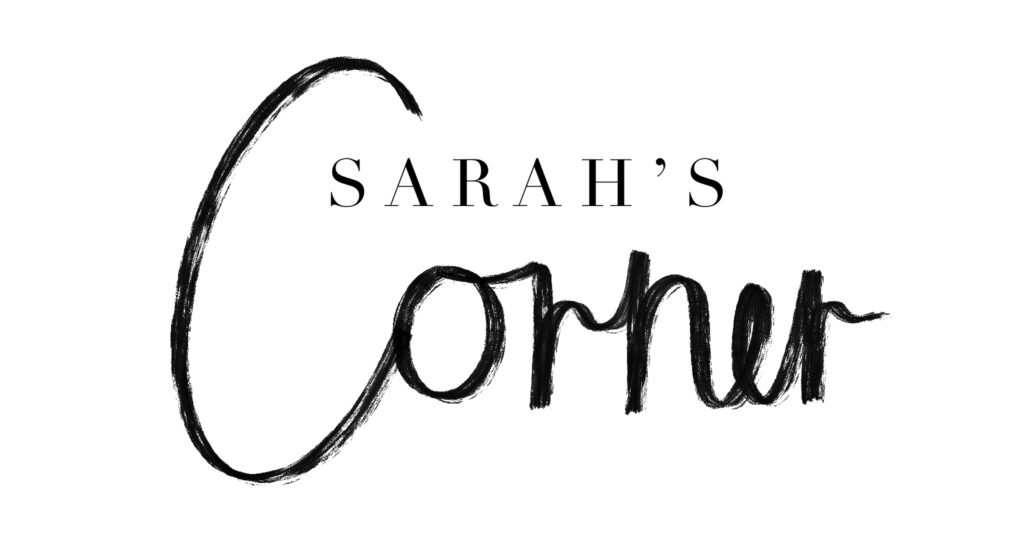Believe it or not, those long numbers on the front or side of the bottle designate important information about each medication
By understanding these numbers we can maintain a safe pharmacy for patients and prevent potential adverse events
NDC Numbers
The National Drug Code (NDC) is 10 or 11 digits that designate the type of medication, manufacturer, and size of the container
The NDC is written as 12345-6789-10

The first 5 numbers represent the Labeler Code; the FDA gives this unique code to manufacturers and distributors
The middle 4 numbers, or Product Code, specify the unique drug (strength, dose form, and formulation)
The last 2 numbers are the Package Code, which indicates the type of container and size/number of medications
As you work in a pharmacy you may find some bottles have a 10-digit number (e.g. 4 digits for the labeler code instead of 5)
To counter this shift in formatting, add leading zeros. So, if you have 0012-3456-78, log as 00012-3456-78
Every drug has a unique code, and no two drugs will have the same code unless it has the exact same manufacturer, medication, strength, dose form, and packaging
How to Use NDC Numbers
1. Error Prevention: NDC numbers identify a particular medication, we compare medication orders with the bottle’s NDC to prevent medication errors
Related: Error Prevention Strategies
2. Billing and Inventory: Prescription orders specify a range of acceptable NDCs and medications, and are input under such NDCs to designate the appropriate medications to fill an order
Ordering specific NDC numbers for shipments ensures the exact medication and strength arrive for the patient
This is handy when insurance only covers a specific medication and/or manufacturer
Insurance companies also use NDCs to bill and reimburse the patient
3. Drug Monitoring: If a medication recall or adverse reaction arises, NDCs help track medications to pull from the shelves
Lot Numbers and Expirations
The lot number for a medication is usually visible on the side along with the expiration date
This number indicates a specific batch of medications made, which is essential to quality control and patient safety
- If a batch has any issues or contamination, a recall will alert pharmacies to pull any bottles with that particular lot
- Correlates with a specific expiration date
- Clear lot and expiration comply with FDA regulation

The expiration date should be near the lot number, indicating the time the medication is no longer good for
Note, the date is often in a “month/year” format with no specific day
Example: the expiration is 08/2024, so the medication expires on the last day of the month at midnight (good until 8/31/24, 11:59 pm)
After filling, a medication is good for one year from the fill date OR the expiration date on the bottle if it is sooner than 1 year from the fill date
Example: the date on the bottle is 02/2025 and you are filling in August of 2024, use the date on the bottle rather than calculating a year from the fill date
Key Points
The National Drug Code (NDC) is a 10 or 11-digit number on all medication bottles that designates the manufacturer, medication, dose, and packaging
Lot numbers indicate the batch of the medication for possible recalls or safety concerns
Expiration dates indicate the date until the medication must be discarded

